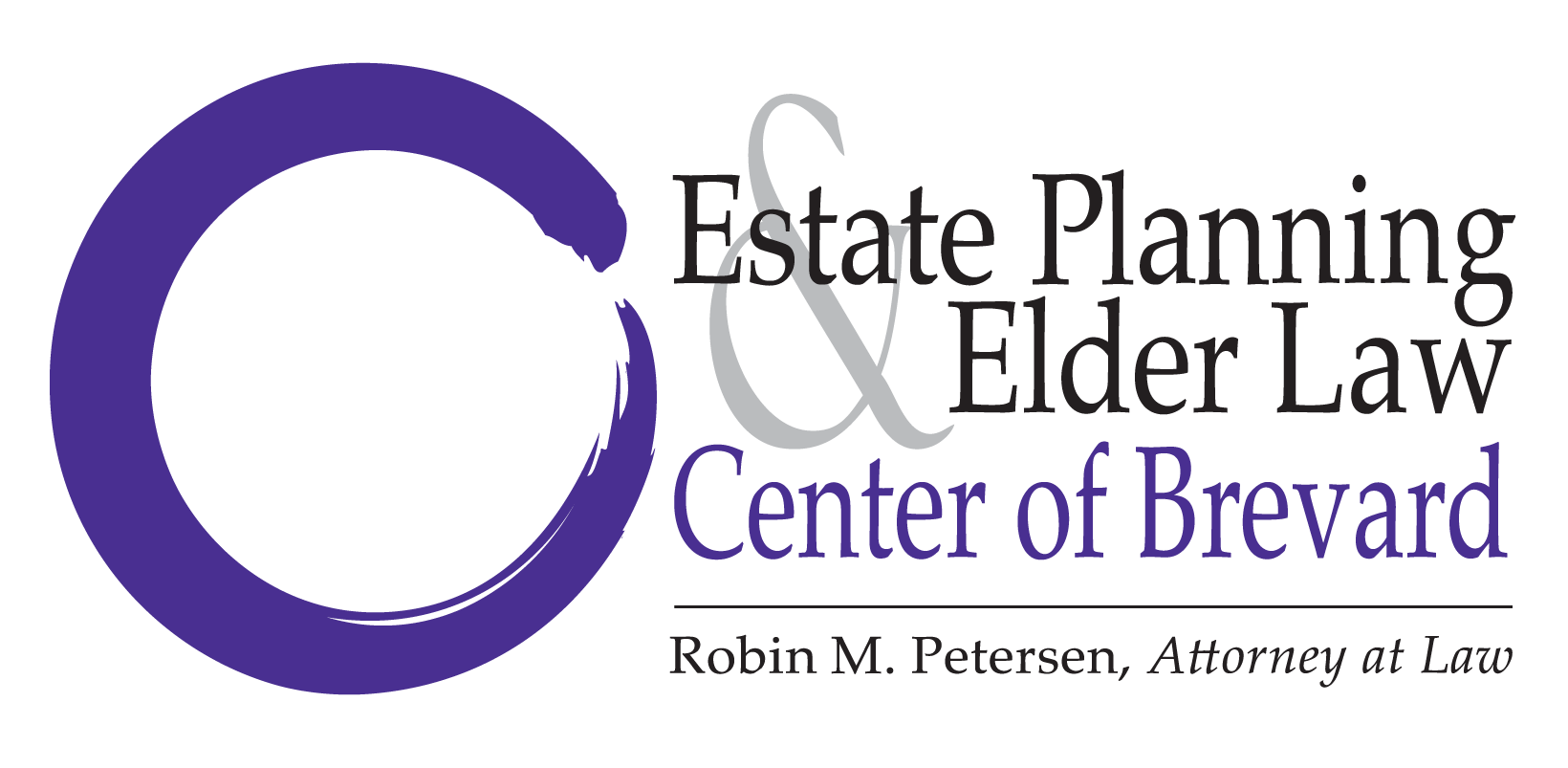When David Bowie passed on January 10, 2016, at age 69, he left behind a…
An Era Passes with the Death of Lee Radziwill
Lee Radziwill, sister to Jacqueline Bouvier Kennedy Onassis, was a member of the international jet set known for her fashion, style and social life. However, her estate also reflected her life and pedigree.
Lee and her sister Jaqueline led lives that regular people could only watch and envy. When she died, as reported in Forbes, “How Lee Radziwill’s Estate Plan Reflected the Refined Elegance Of Her Life,” her will was probated, so we are able to learn some things about how her estate plan worked.
Her estate plan uses a standard structure of a Will and a Revocable Trust. This trust is commonly used as a way to create privacy and ease of administration. Although her assets passed into trust, she also had a will. The will was necessary to handle certain elements of estate administration that could not be put in the revocable trust document. The will that was probated was put in place in September of last year, just a few months prior to her death.
If she knew that her health was not good, it might have caused her to review her decisions and make some final changes, based on her current life circumstances.
Her estate planning reflects family history, as wealthy families often use trusts as a way of dynasty planning, to manage assets in a family line.
The goals of these types of trusts are control and tax savings. One way to pass property to your children and make sure it stays in the family, is to use a trust. Trusts can last for generations. This multi-generational approach is very obvious in her will. She references three different trusts among three generations. Estate planning allows for the assets to move between generations. In this case, she exercises a special power of appointment over the principal of the trust to pass it to a trust for her daughter Tina that is created under Radziwill’s Revocable Trust, adding to the principal in that trust.
When someone makes a lifetime gift to someone in trust, they may also give that person the power to dispose of the property in trust at death and sometimes during life, which is known as a power of appointment. If it’s an unlimited power, it is a general power. If the power is limited in any way, it’s a special power of appointment. Radziwill’s power of appointment was limited, so she was probably only able to appoint these assets to her heirs or charity. By restricting those who can inherit from the trust, she’s able to maintain her family’s intent.
The first trust and agreement were made approximately forty years ago, and the family has gone through many births and deaths. Throughout this period, the family assets were protected, so they could be passed on to the next generation, through the careful use of estate planning strategies.
Reference: Forbes (March 31, 2019) “How Lee Radziwill’s Estate Plan Reflected the Refined Elegance Of Her Life”



